Technologies are developed to bypass the spinal cord injury and transmit commands from the brain to enable walking

The technique of embedding a chip in the brain, receiving the signal emitted by the brain by a computer, and transmitting it to other parts of the body was a fictional technique that appeared in movies and animations a long time ago, but as of 2016, Research institutes and others are conducting experiments. Meanwhile, a technique was developed to use a device embedded in the brain and spinal cord to enable walking of a monkey that was unrelated to lower body by spinal cord injury.
A brain-spine interface alleviating gait deficits after spinal cord injury in primates: Nature: Nature Research
http://www.nature.com/nature/journal/v539/n7628/full/nature20118.html
Primates Regain Control of Paralyzed Limb - YouTube
The experiment that made monkeys that damaged the spinal cord could walk successfully was a research team led by Professor Grégoire Courtine of Zurich Technical University.

If the spinal cord breaks, the neurotransmission function is cut off, even if the brain signals ......

The exercise order is not transmitted to the part below the transected spinal cord. If the signal from the brain is not transmitted to the lower body, the movement function will be lost and you will not be able to move the lower body.

However, Courtine et al. Succeeded in passing the signal from the brain to the lower body bypassing the damaged portion of the spinal cord. Specifically, 100 electrodes are embedded in the cerebral cortex that controls exercise, and a device connected to the electrode transmits a nerve signal sent from the brain to the computer.
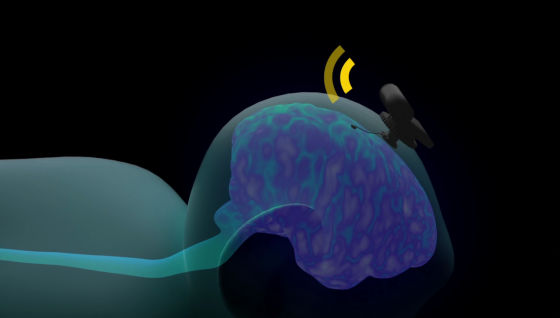
Next, the computer decodes the received signal and reads out "What kind of movement was the brain trying to make with his legs?"
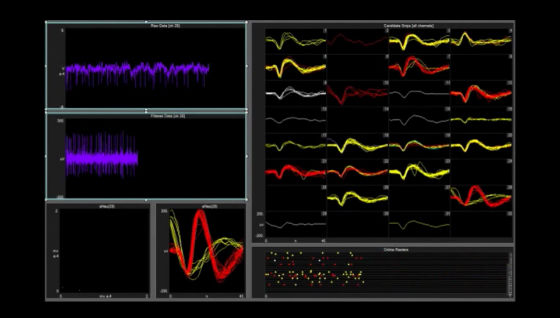
This time the information decoded by the computer is transmitted to the neural stimulator embedded right under the spinal cord. This nerve stimulator is connected to the transected spinal cord and delivers the information received from the computer to the exact spinal cord at the proper timing.
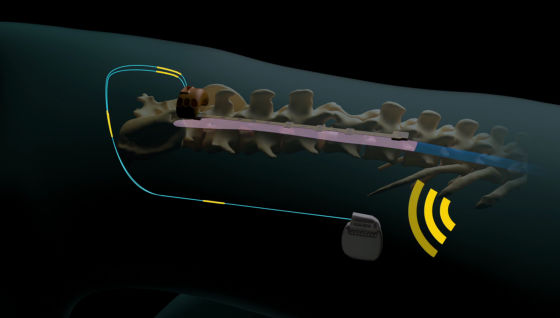
If you can transmit signals from the brain by bypassing the damaged part of the spinal cord, the monkey will become able to walk. This system was named "Brain-spine Interface".
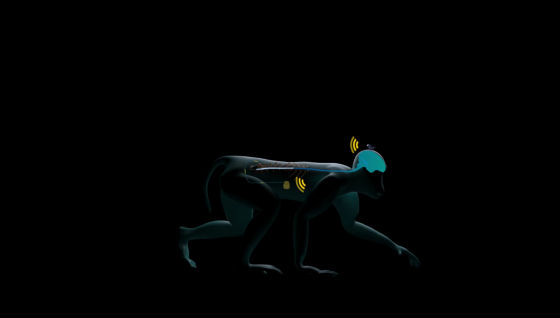
Monkeys without the cerebrospinal interface are not able to successfully move their right legs, and the joints do not move at all, causing problems with walking.
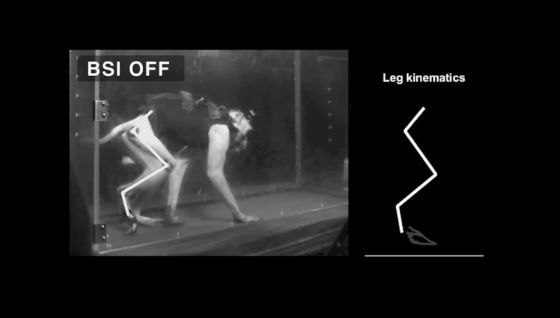
However, when starting the cerebrospinal interface, the joint of the right foot properly moved and the monkey could walk without problem.
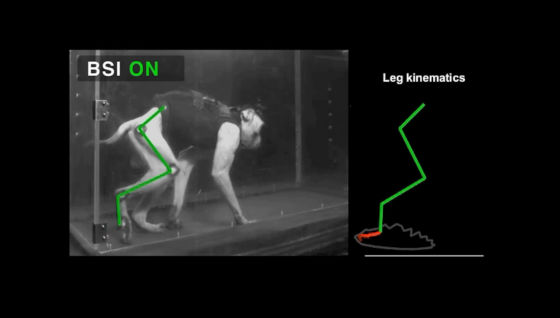
It was the first time in the world to bypass the spinal cord injured part and send a signal to enable walking. However, "To apply it to humans, further experiments and research will become necessary," Professor Courtine says.

Related Posts:







